Optimal Timing for Storm Restorations
Storm restorations are most effective when performed during periods of calm weather, allowing for thorough assessment and repairs. Timing can influence the quality and longevity of restoration efforts, reducing the risk of further damage caused by subsequent storms.
Late spring through early fall typically offers the best conditions for storm restorations, with milder weather and fewer severe storms.
Performing restorations during dry, stable weather minimizes delays and ensures safer working conditions for crews.
Understanding local storm patterns helps determine the most suitable time for restoration projects, avoiding peak storm seasons.
Timely repairs can prevent further damage, reduce costs, and extend the lifespan of affected structures.

Ways to make Storm Restorations work in tight or awkward layouts.
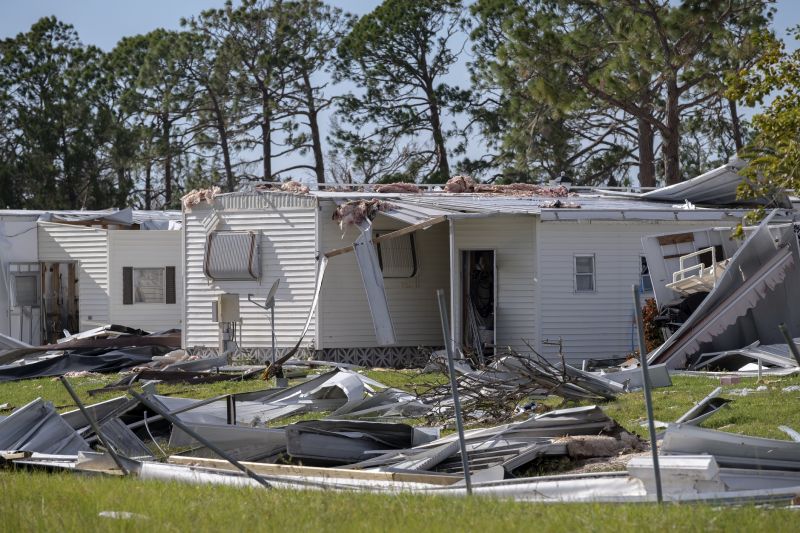
Popular materials for Storm Restorations and why they hold up over time.
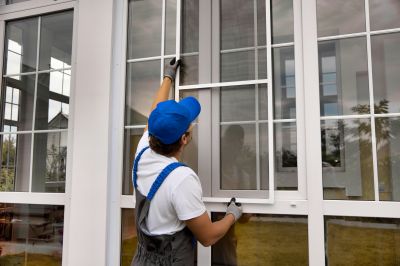
Simple add-ons that improve Storm Restorations without blowing the budget.
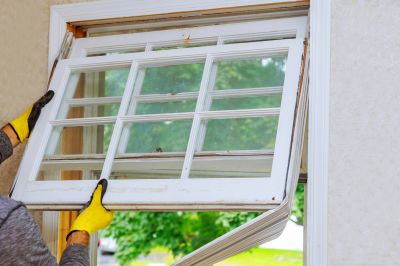
High-end options that actually feel worth it for Storm Restorations.
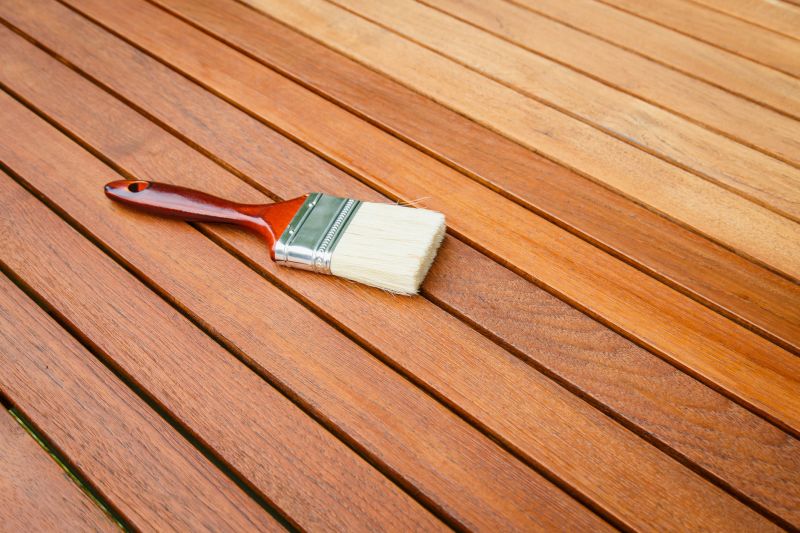
Finishes and colors that play nicely with Storm Restorations.
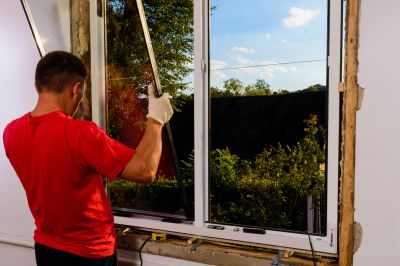
Little measurements that prevent headaches on Storm Restorations day.
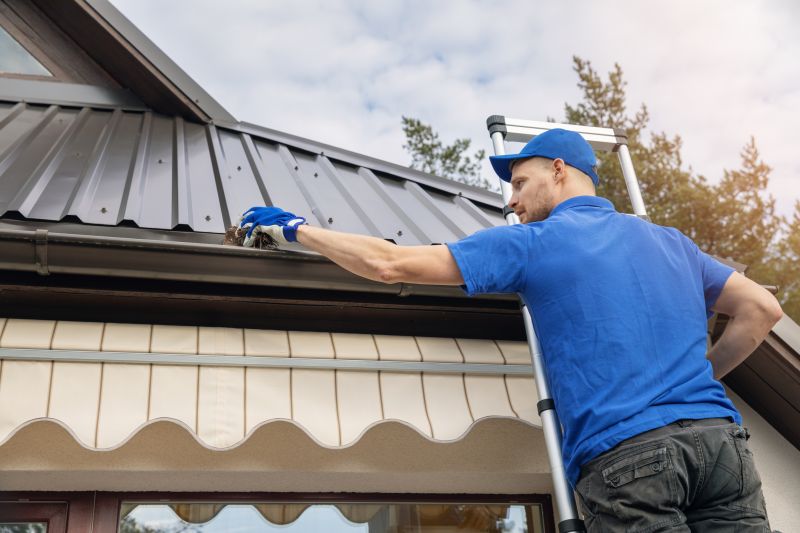
A 60-second routine that keeps Storm Restorations looking new.
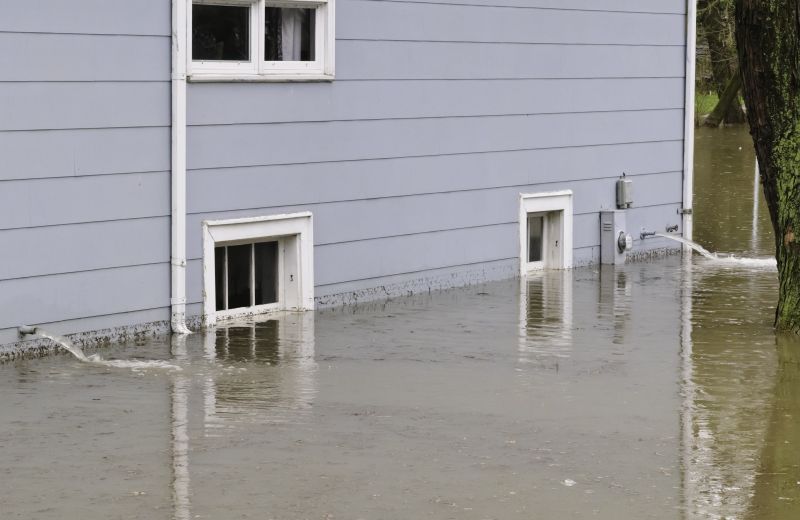
A frequent mistake in Storm Restorations and how to dodge it.
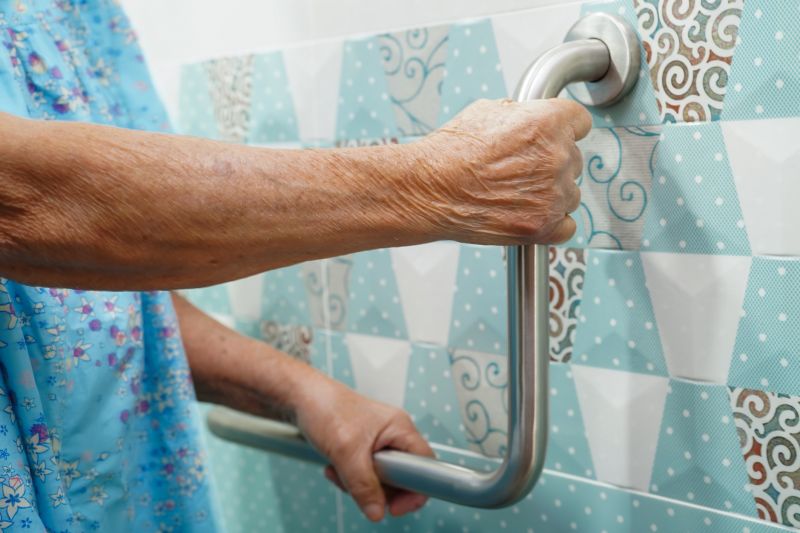
Small tweaks to make Storm Restorations safer and easier to use.
| Season | Advantages |
|---|---|
| Spring | Moderate weather, longer daylight hours, ideal for thorough repairs. |
| Summer | Dry conditions, optimal for exterior restoration work. |
| Early Fall | Favorable weather, less storm activity, good for final repairs. |
| Late Fall | Weather begins to turn colder, less suitable for exterior work. |
| Winter | Severe weather and snow hinder restoration efforts. |
Storm restorations involve a comprehensive process of damage assessment, structural repairs, and preventative measures. Proper timing ensures that repairs are durable and effective, minimizing the risk of future issues. Weather conditions significantly influence project schedules, safety, and quality of work.
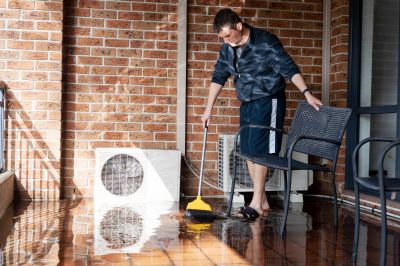
Lower-waste or water-saving choices for Storm Restorations.
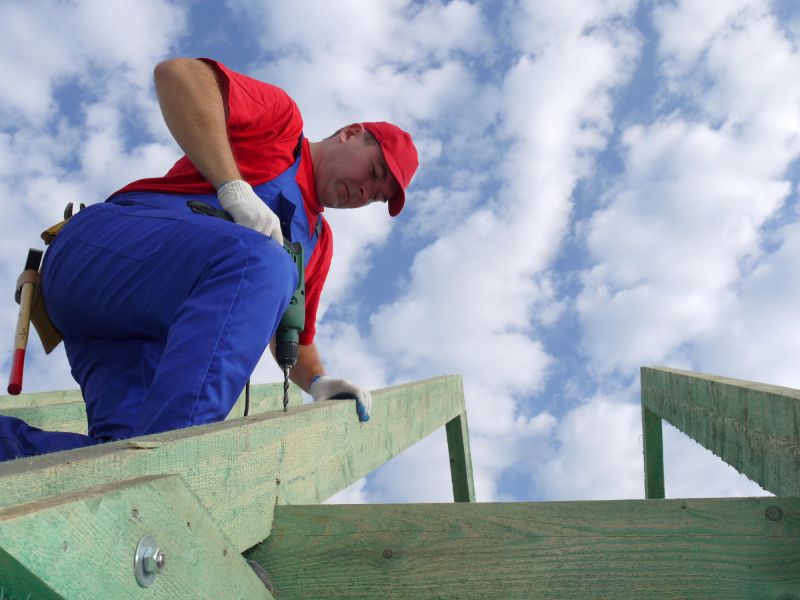
The short, realistic tool list for quality Storm Restorations.
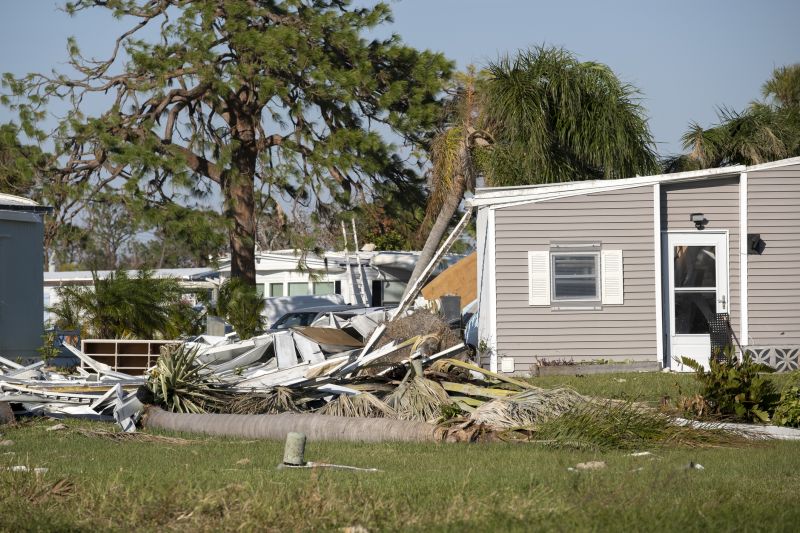
Rough timing from prep to clean-up for Storm Restorations.
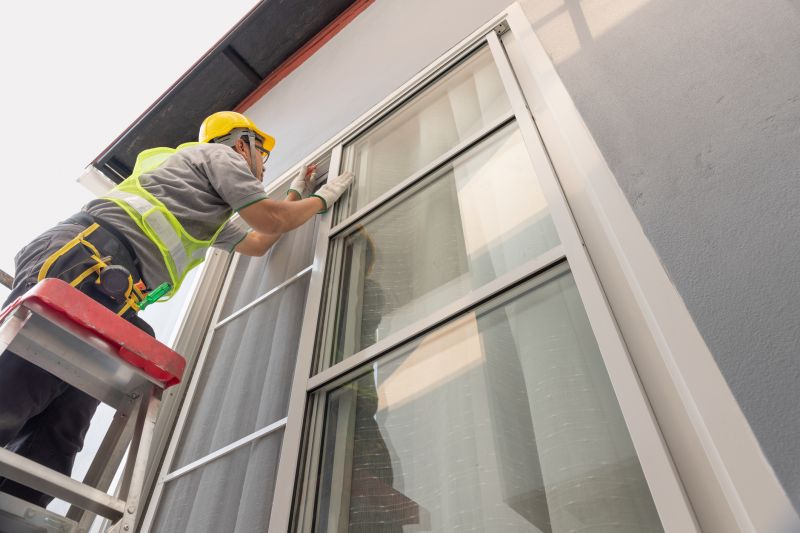
Quick checks and paperwork to keep after Storm Restorations.
Individuals interested in storm restorations are encouraged to contact for more information or to schedule an assessment. Proper timing and preparation can enhance the effectiveness of restoration efforts and protect property from future storm damage.
